Celebrating 60 years of the synth: the '90s
As the '80s drifted from mostly analogue to largely digital, would the '90s be the decade when the synth scene settled? Not really…
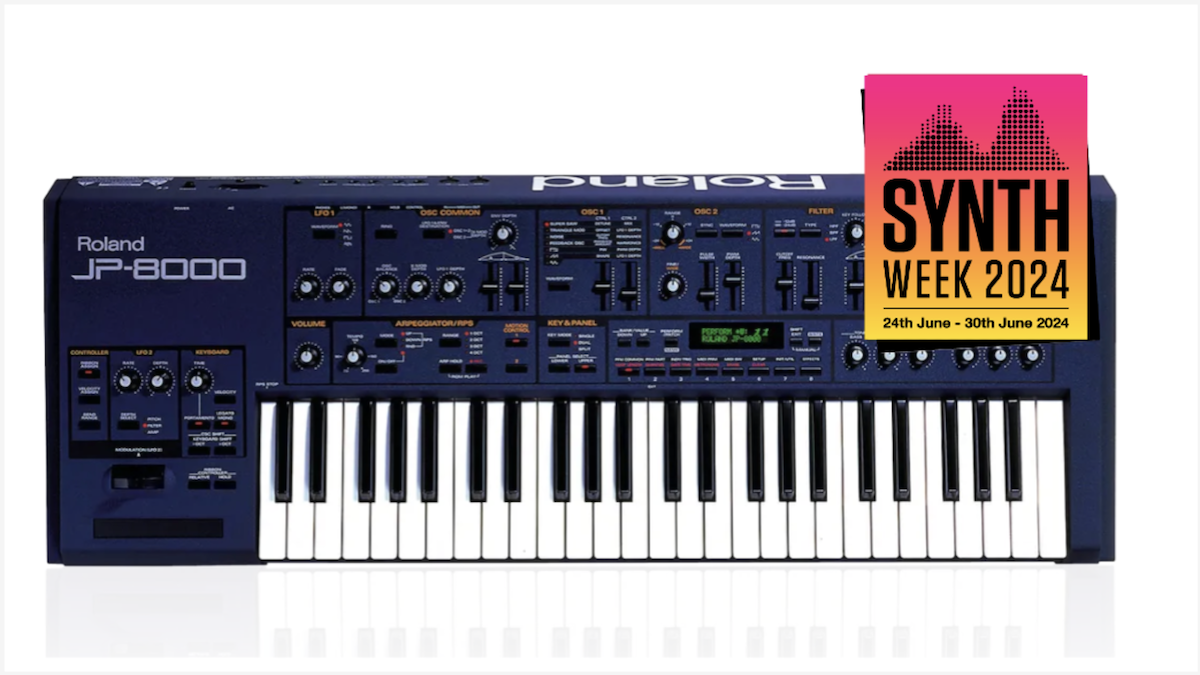
SYNTH WEEK 2024: The '90s: rave culture, Britpop and a cultural move from the right to the left, all of which had an effect on the music industry at large. But as we cast our minds all the way back to 1990, the decade began with a period that felt like something of a wilderness for synthesizers.
The late 1980s’ dominance of the Yamaha DX series of synthesizers created a desire for ever cleaner and more digital sounds. Manufacturers, including Yamaha, were scrambling to find the next big thing.
One of the earliest of the new breed was released in 1990 from Korg. The Wavestation synth was a five-octave keyboard-based synth. Apart from an expanded polyphony of 32 notes, it also provided 16-part multi-timbrility, making it an ideal companion for your software-based computer sequencer.
Moreover, it featured some very interesting synthesis elements. It employed vector synthesis, which allowed the loading of ROM-based samples in four locations, with the ability to seamlessly move from one sound to another, a little like a four-way mixer.
It also featured some incredibly hypnotic sounds, in the shape of Wave Sequences. These machine-like and rhythmic sounds were loop-like, and liberally sprinkled throughout many chart hits from this era.
In an attempt to keep up with developments from other manufacturers, Roland released their D-70 synthesizer, which was a larger and supposedly more advanced version of the popular D-50. Regrettably, despite appearing to offer a lot, it didn’t present the same charm as the D-50, and it was a bit of a flop.

The first great '90s synth
One year later, Roland triumphantly returned with a synthesizer that arguably changed the ultimate course of '90s synth development. The JD-800 was very much a digital synthesizer, offering 24 voices and a six-part multi-timbral format, but it was also big, laden with pots and faders, and looked like an analogue beast!
Want all the hottest music and gear news, reviews, deals, features and more, direct to your inbox? Sign up here.
Being digital and sample-based, many of the sounds found therein were highly identifiable, and much like the Wave Sequences from Korg, would be heard across the pop music spectrum.
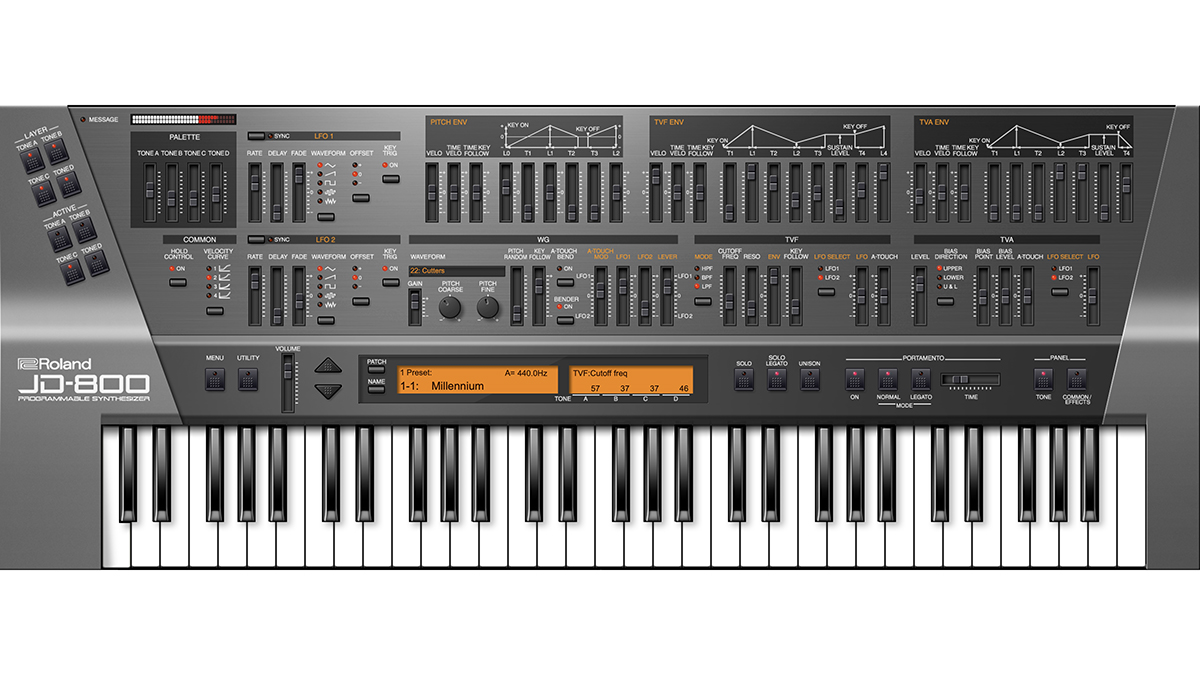
Meanwhile, Yamaha had been working on a series of machines that they hoped would be the next generation of DX. The SY99 was the very big brother to the SY77, which had been released two years earlier.
Providing a sound which was very similar to FM (frequency modulation), it was big and expensive, and sonically didn’t seem to grab the mood of the musical nation. The best laid plans of mice and men…
The '90s legends
In 1993, two synths would be released, but could be regarded as being the opposite ends of the synth spectrum. Waldorf had risen from the ashes of PPG, with a release called the Wave.
It was huge, with the polyphony up to 48 voices, providing digital sound sources that were routed through analogue filters, but it was very expensive. At the opposite end of the spectrum, Novation released the first of their Bass Station series; likened to the sort of sound you could garner from a Roland TB-303, it was small, very capable, and could sound huge.
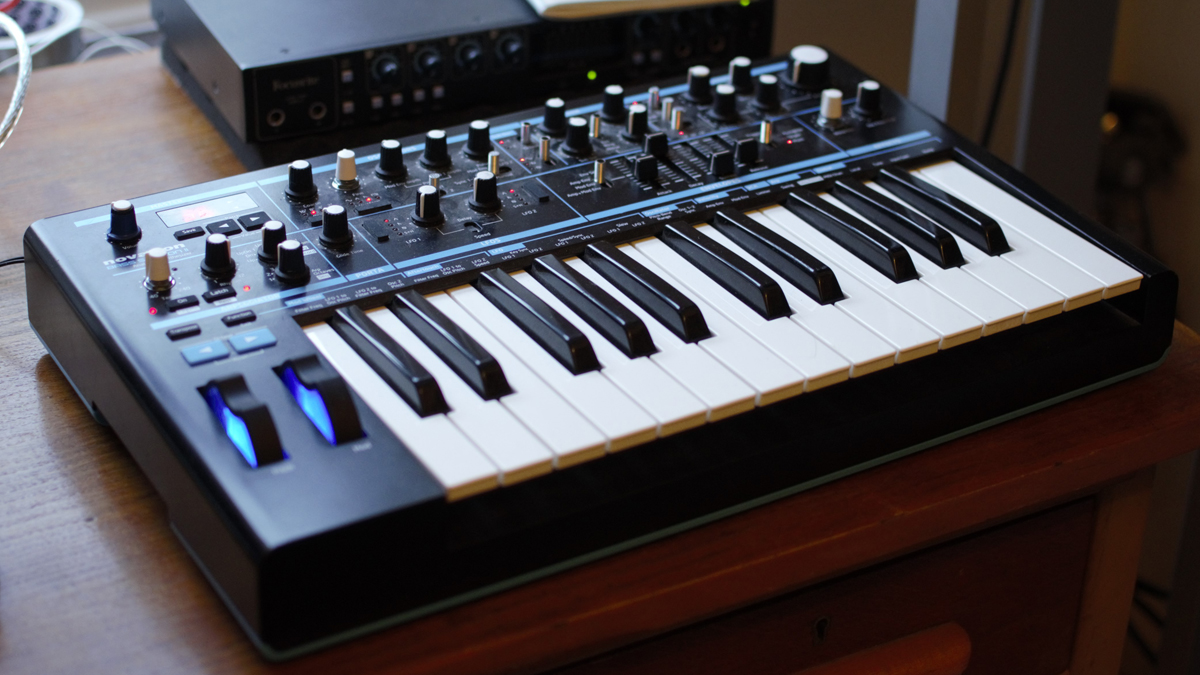
Not to miss out on the trend for rackmounted synthesizers, in 1994 Roland returned with the JV-1080; a rackmount work-horse, stacked full of very impressive and usable sounds, the JV became a huge hit with producers. Like previous machines from this decade, some of the sounds were highly identifiable, such as the iconic pizzicato strings, used by Faithless on their popular track Insomnia.
Highly prized by Liam Howlett from The Prodigy, Korg released the Prophecy in 1995. This bizarre and relatively small synth was deemed to be akin to a digital Minimoog. It was monophonic, but that’s pretty much where the similarities ended. It used physical modelling to create some very interesting sounds, that could be controlled through the use of pitch and mod wheels, and a ribbon controller.
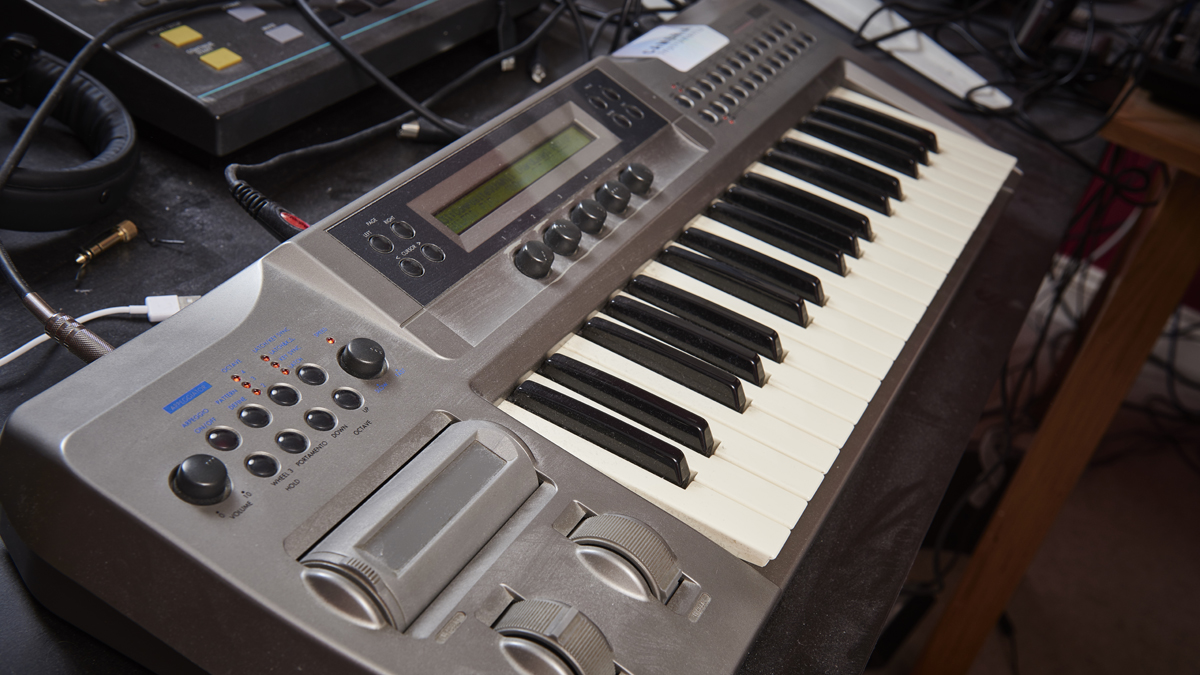
Roland revisits
Roland had found their feet earlier in the 90s, through the release of the JD-800. Subsequently discontinued, they revisited this format again, with the release of the JP-8000 in 1996. With clear reverence to the Jupiter series, the JP-8000 was digital, but laden with familiar subtractive-style faders, while being the first machine to fully explore wave aliasing, in what would become known as the supersaw.
Based around a sawtooth waveform, this aliasing effect could be detuned, to create a timbral starting point that sounded enormous. It was a huge hit, particularly with blossoming rave producers of the period. Moreover, it gave rise to what would become known as Virtual Analogue (VA) synthesis.
Grabbing the baton from Roland in the following year, a German company called Access released another VA machine, in a desktop format, known as the Virus A. The lack of keyboard, and relatively small desktop footprint, made it a hit with bedroom producers. It also employed the supersaw concept, and while employing subtractive and analogue traditions, demonstrated all of the virtues of a digital synth, sounding clean and sharp, but tinged with analogue warmth.
It seems that the tone had been set for the end of the decade, with Novation producing the polyphonic Supernova rackmounted synth in 1998; another dance-directed synth to give the Virus a run for its money. Not to be outdone, Access produced the classic Virus B in 1999, which for many remains the best of the Virus product line, even to this day.
Top 10 of the '90s
1. Roland JP-8000

We begin our top 10 of the 90s with one of the most influential machines of the decade. The Roland JP-8000 was a virtual analogue synthesizer, employing digital waves and filters. By today’s standards, the filter could be regarded as harsh and whistly-sounding, but its status for providing Supersaws placed this new sound at the front of commercial music for the latter part of the decade.
2. The Prodigy
The Prodigy were one of the most influential acts of the '90s. Predominantly under the musical direction of Liam Howlett, they produced three highly influential albums during the '90s, culminating in the exceptionally successful The Fat of the Land, which spawned tracks such as Firestarter. Not bad for a Roland W-30, TR-909, Akai Sampler and Korg Prophecy!
3. VST - Virtual Studio Technology
VST is an acronym for Virtual Studio Technology, which is generically known as a protocol for audio plugins. This technology was first released in 1996, as a specification from Steinberg, the people behind Cubase. It was the trailblazer for other plugin formats, such as Audio Unit (AU) and TDM, initially offering a series of effects-based software plugins, for inclusion within your DAW-based productions.
4. Doepfer
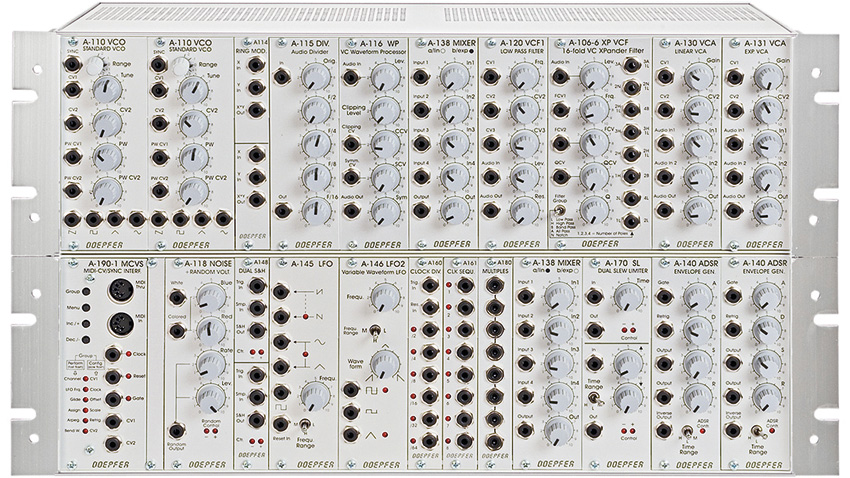
Doepfer is the brand created by industry legend, Dieter Doepfer. Having released a number of musical keyboards and MIDI to CV/gate-style devices, Doepfer released the A-100 modular analogue synthesizer system in 1995. This was the blueprint for what we would now call Eurorack, spawning a huge industry from hundreds of third-party companies, creating a flexible modular synthesizer system, encompassing all forms of module.
5. Sampling drum machine
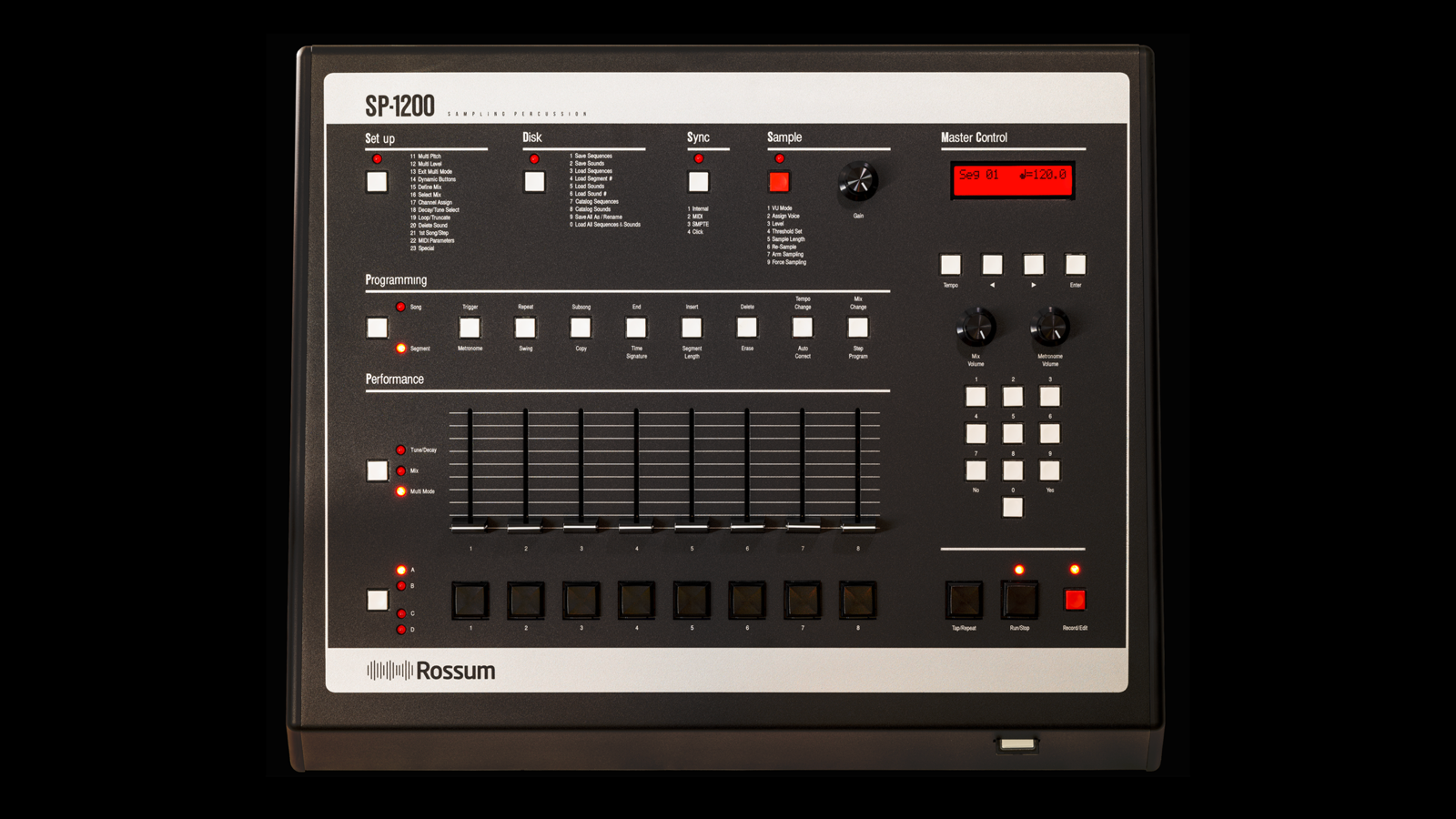
While drum machines were nothing new in the 90s, their involvement in the creation of music was enormous. Previously shunned machines, such as the Roland TR-808 and 909 formed the backbone to many musical styles, with outliers influencing underground genres such as garage. The E-mu SP-12 was the sampling drum machine of choice in this arena, rubbing shoulders with the classics from Roland.
6. Daft Punk
Electronic pioneers Daft Punk charted a route through music that began with the album Homework in 1997. Their debut took two years to craft, culminating in two of the most iconic hits of the era, namely Da Funk and Around the World. Much like other electronic bands from the 1990s, the productions relied heavily on older vintage equipment, but the sound was the benchmark of the decade, enforced by two Frenchmen who dressed up like robots.
7. Plugin synths
In 1999, Steinberg updated their standardised protocol known as VST. The predictable move to VST2 paved the way for plugin instruments, the first of which was released as part of Cubase version 3.7 and branded ‘Neon’. A relatively basic subtractive synthesizer, Neon was unsurprisingly an enormous success, but access to it was obviously limited to Cubase users only. It didn’t take long for third-party companies to pick up the VST2 protocol, and the rest, as they say, is plugin synth history.
8. Aphex Twin
Richard D James, aka Aphex Twin, began his run of albums in the '90s, beginning with Selected Ambient Works 85-92 and leading the IDM (intelligent dance music, a term he later denounced) pack. From his teens spent modding a Sinclair ZX81 for sound and playing raves, to full-on embrace of the tech that followed, James represents, in many ways, the spirit of '90s knob-twiddlerdom.
9. Roland grooveboxes
As somebody from Roland once quipped, “we invented dance music!” Certainly from a sonic perspective, that point is difficult to dispute. It was therefore only natural that during the '90s, Roland would release a series of devices that would become known as grooveboxes. Drawing on sonic identities from the previous decade, the likes of the 303, 808 and 909, were all digitally re-packaged and placed in a box with a dedicated sequencer. So the Groovebox was born!
10. Access-Virus
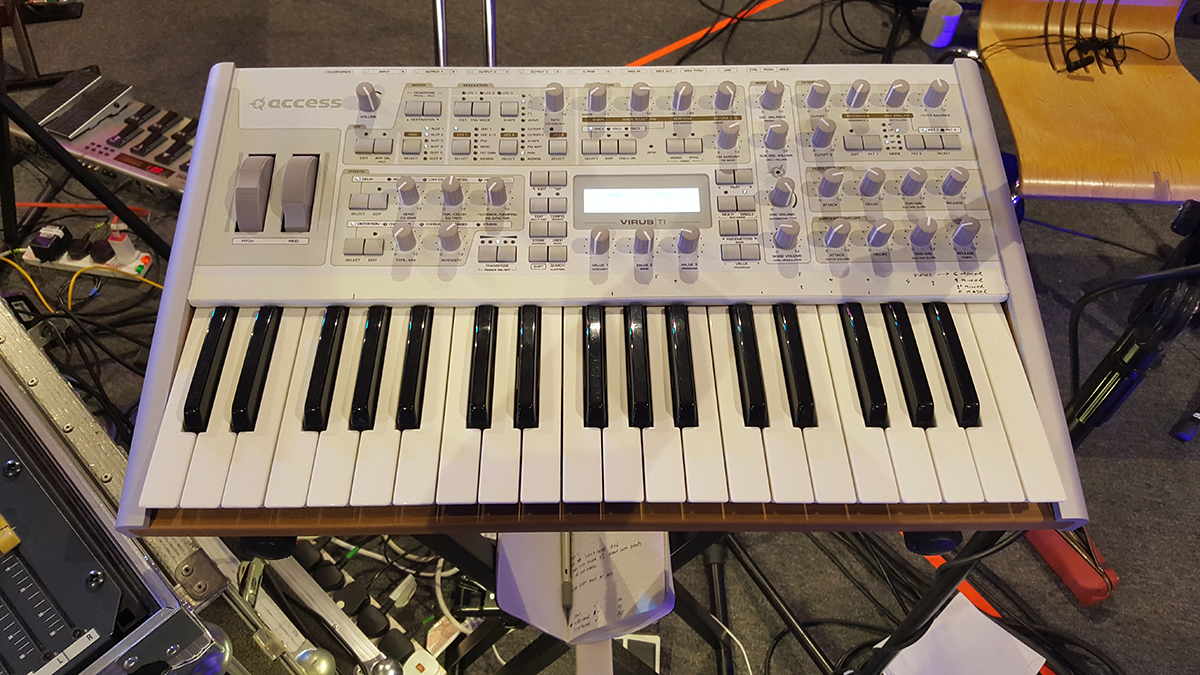
As we started our list with the classic Roland JP-8000, it only feels fitting that we should end our list with the formidable Access Virus. Its tidy desktop format, coupled with virtual analogue status and large patch capacity, made the Virus model A and B huge hits from the moment they were released. They managed to sound both clean and sharp, but exuded analogue warmth, with a recognisable capacity to easily edit sounds from the virtual analogue (VA) control interface. Still very much a classic today!


Computer Music magazine is the world’s best selling publication dedicated solely to making great music with your Mac or PC computer. Each issue it brings its lucky readers the best in cutting-edge tutorials, need-to-know, expert software reviews and even all the tools you actually need to make great music today, courtesy of our legendary CM Plugin Suite.


